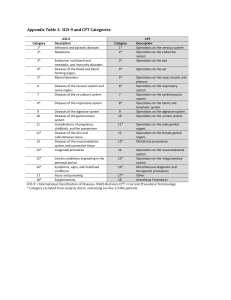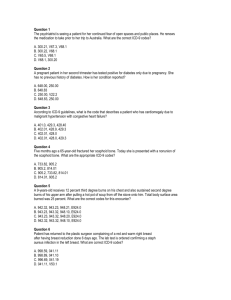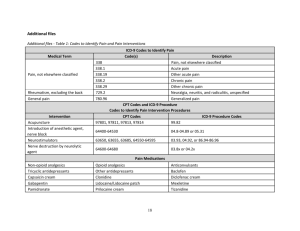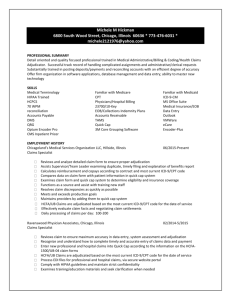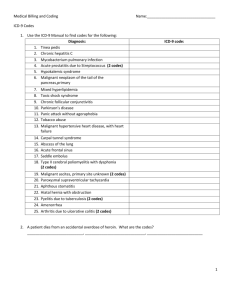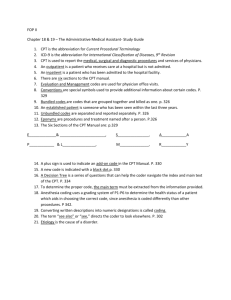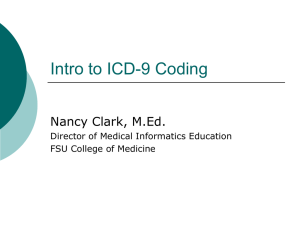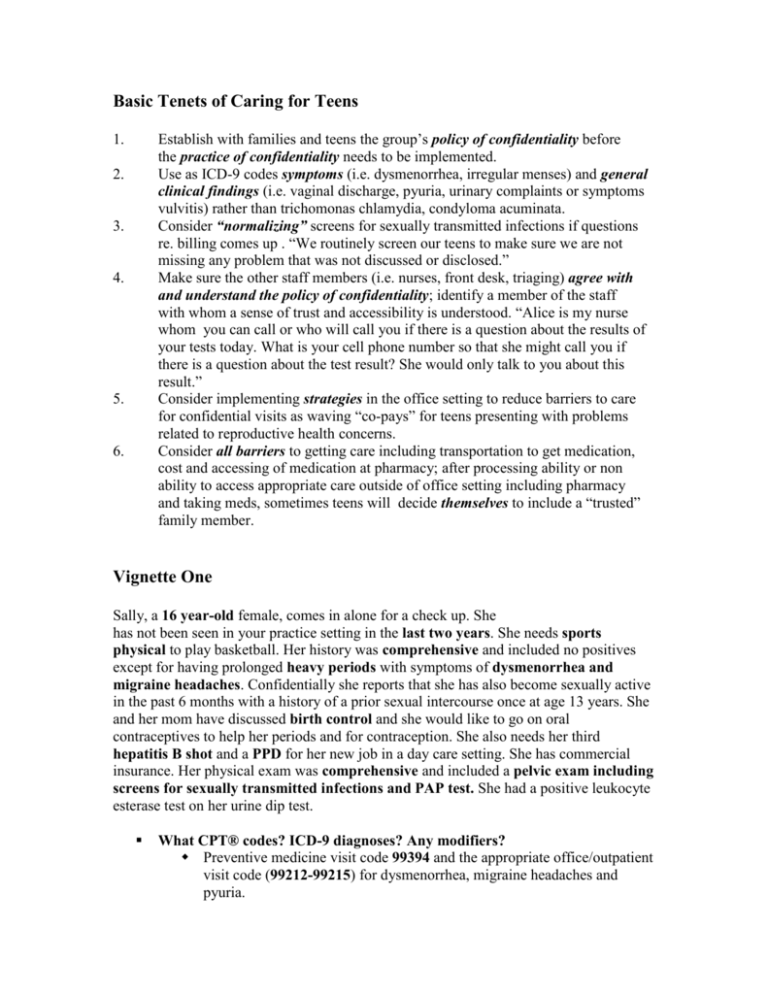
Basic Tenets of Caring for Teens
1.
Establish with families and teens the group’s policy of confidentiality before
the practice of confidentiality needs to be implemented.
Use as ICD-9 codes symptoms (i.e. dysmenorrhea, irregular menses) and general
clinical findings (i.e. vaginal discharge, pyuria, urinary complaints or symptoms
vulvitis) rather than trichomonas chlamydia, condyloma acuminata.
Consider “normalizing” screens for sexually transmitted infections if questions
re. billing comes up . “We routinely screen our teens to make sure we are not
missing any problem that was not discussed or disclosed.”
Make sure the other staff members (i.e. nurses, front desk, triaging) agree with
and understand the policy of confidentiality; identify a member of the staff
with whom a sense of trust and accessibility is understood. “Alice is my nurse
whom you can call or who will call you if there is a question about the results of
your tests today. What is your cell phone number so that she might call you if
there is a question about the test result? She would only talk to you about this
result.”
Consider implementing strategies in the office setting to reduce barriers to care
for confidential visits as waving “co-pays” for teens presenting with problems
related to reproductive health concerns.
Consider all barriers to getting care including transportation to get medication,
cost and accessing of medication at pharmacy; after processing ability or non
ability to access appropriate care outside of office setting including pharmacy
and taking meds, sometimes teens will decide themselves to include a “trusted”
family member.
2.
3.
4.
5.
6.
Vignette One
Sally, a 16 year-old female, comes in alone for a check up. She
has not been seen in your practice setting in the last two years. She needs sports
physical to play basketball. Her history was comprehensive and included no positives
except for having prolonged heavy periods with symptoms of dysmenorrhea and
migraine headaches. Confidentially she reports that she has also become sexually active
in the past 6 months with a history of a prior sexual intercourse once at age 13 years. She
and her mom have discussed birth control and she would like to go on oral
contraceptives to help her periods and for contraception. She also needs her third
hepatitis B shot and a PPD for her new job in a day care setting. She has commercial
insurance. Her physical exam was comprehensive and included a pelvic exam including
screens for sexually transmitted infections and PAP test. She had a positive leukocyte
esterase test on her urine dip test.
What CPT® codes? ICD-9 diagnoses? Any modifiers?
Preventive medicine visit code 99394 and the appropriate office/outpatient
visit code (99212-99215) for dysmenorrhea, migraine headaches and
pyuria.
The modifier – 25 should be added to the office/outpatient visit to indicate
that a significant, separate identifiable service was performed, related to
problems identified on her history. Prescriptions were written.
Her ICD-9 list should include in this order: well child (V20.2),
dysmenorrhea (625.3), migraine headaches (346.9), pyuria (791.9)
Other CPT codes with RVUs:
Vision screen (99173) for migraine headaches, wet mount (87210),
pregnancy test (81025) and urine dipstick (81002) spun hematocrit
(85014).
Third hepatitis shot (CPT: 90744, ICD-9: V05.3)
by the nurse (90471) as well as a PPD (CPT: 86580, ICD-9: V74.1).
Return in 2 days to have her PPD read by the nurse (CPT: 99211, ICD-9:
V74.1).
Vignette Two
Jamie is a 17 year-old patient who was seen four months ago for her preventive health
care visit. At that time no positives were found on the screens except that she had a
boyfriend with whom she stated she had not yet had sexual intercourse. She had been
given information on emergency contraception and condoms with information on how
to access medication if needed. Additionally general questions regarding contraception
were discussed. She reappears in your office alone with complaints of lower abdominal
pain, dysuria and vaginal discharge.
She has begun having intercourse in the past two months with intermittent condom use,
and desires better birth control.
Her LMP was three weeks ago with her last sexual contact two weeks ago. She and her
boyfriend have recently broken up.
Her physical exam was performed including her first pelvic because of the presenting
symptom of abdominal pain and included screens for STI’s. Her exam was consistent
with pelvic inflammatory disease (PID). Her urine dipstick was positive for 2+
leukocyte esterase and nitrites. Discussion of diagnosis and medication ensued for 20
minutes of the 40 minute visit.
What CPT® codes? ICD-9 diagnoses? Any modifiers?
E&M code: 99215
Prescriptions written for antibiotics
and contraceptives.
Importance of follow-up appointment made.
Issues related to partner notification
were discussed.
Concerns about infection.
What if the visit was 55 minutes or 70 minutes?
Use of modifier –21 (prolonged) or 99354 (30 minutes longer or total 7099 minutes).
What CPT® codes? ICD-9 diagnoses? Any modifiers?
ICD-9: Abdominal pain (789.0)
Vaginal discharge (623.4)
Dysuria (788.1)
Other CPT codes:
Wet mount (87210)
Pregnancy test (81025)
Urine dipstick (81002)
Urine culture sent
Injection of ceftriaxone (J0696)*
Administration for ceftriaxone (90782)*
Consider if blood needs to be drawn (36410 if performed by physician,
36415 if performed by nurse) blood count, differential, sedimentation rate,
RPR HIV.
*Must consider treatment strategies. Example: use of ceftriaxone in office
would generate bill potentially but the medication to be used in conjunction
with injectable as an outpatient i.e. doxycycline is very cheap at the pharmacy
if the medication is going to be paid for by the teen; use of levofloxacin which
does not require in the office injectable is very expensive at the pharmacy
particularly if teen must pay for by self.
Vignette Three
Sophia is a 17 year-old being followed in your office for her yearly exam and irregular
menses. She was last evaluated two months ago when the history and exam for a
preventive health care visit was completed and the additional issues of irregular menses
and contraceptive needs confidentially were addressed. A prescription for the
contraceptive patch was given.
She returns for follow-up but with a new complaint of vaginal bumps. These are
described as non-painful, non-pruritic and present for the last month. She has not tried
any medicine or treatment but knows the bumps are increasing in number. She has not
had any other genitourinary symptoms or findings as urinary symptoms or vaginal
discharge.
Other pertinents include a negative history for fever, malaise, abdominal pain or
vomiting, or swelling/pain in the groin. She has been doing well with the patch and her
LMP was on time and was two weeks ago, lasting for 5 days with no symptoms. She has
noted some minor skin irritation with the patch on her lower abdomen when she placed a
patch on the same site two weeks in a row. Her social history includes that this is her
only sexual partner with whom she has been sexually active for the last 8 months.
Condom use is reported as intermittent.
Her physical exam is limited to her vital signs, skin, groin, abdomen, external genitalia.
All were negative except for visible vaginal condyloma.
For 10 minutes of the 25-minute visit, STD treatment and follow-up were discussed,
including issues related to partner notification. Patient obtained a prescription for
imiquimod topical cream with instructions how to access at the pharmacy (i.e. insurance
care, co-pay); application of medication was carefully reviewed.
What CPT® codes? ICD-9 diagnoses? Any modifiers?
E&M code:
99212-99215, usually 99214.
Prescriptions were written to refill her contraceptive patch and imiquomod
cream.
Follow-up appointment was made for four weeks with instructions to
abstain and/or condom protect over the next weeks/months.
ICD-9: Irregular menses (626.4)
Vulvitis (616.10)
Other CPTs:
Wet mount 87210
Urine dipstick 81002
Vaginal or urine PCR sent for chlamydia and gonorrhea.
Blood drawn (36410 if performed by physician or 36415 if performed by
nurse) for syphilis and HIV.

